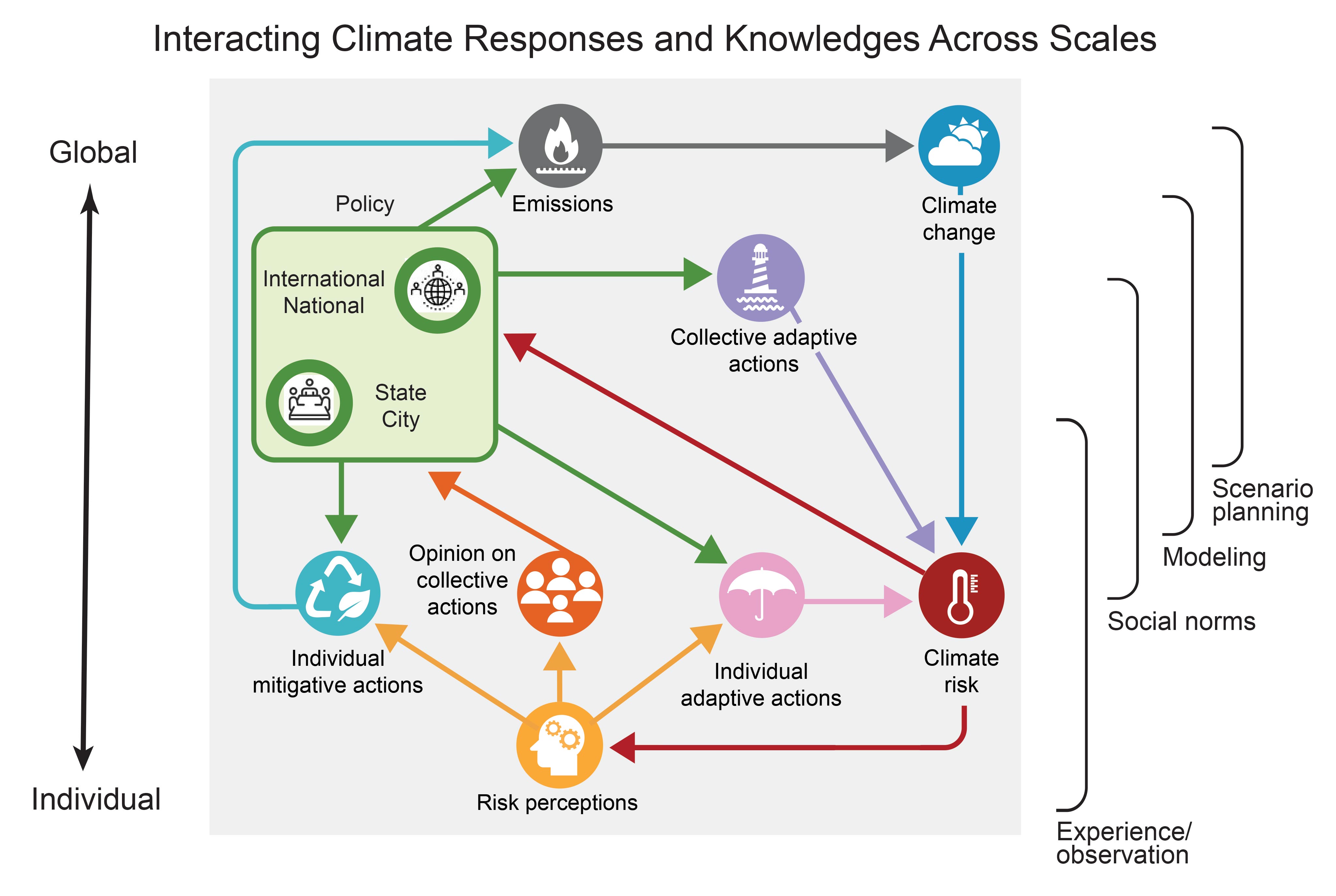From the White House website:
Today, President Biden will convene the inaugural meeting of the White House Council on Supply Chain Resilience, which will advance his long-term, government-wide strategy to build enduring supply chain resilience. The Council will be co-chaired by the National Security Advisor and National Economic Advisor, and include the Secretaries of Agriculture, Commerce, Defense, Energy, Health and Human Services, Homeland Security, Housing and Urban Development, the Interior, Labor, State, Transportation, the Treasury, and Veterans Affairs; the Attorney General; the Administrators of the Environmental Protection Agency and the Small Business Administration; the Directors of National Intelligence, the Office of Management and Budget, and the Office of Science and Technology Policy; the Chair of the Council of Economic Advisers; the U.S. Trade Representative; and other senior officials from the Executive Office of the President and other agencies.
The President made some remarks inaugurating the Supply Chain Resilience Council. Embedding is not cooperating. But you can find a White House video here. There is also more information at the White House website here.
+++
November 28 Update: Mainstream media coverage of the announcement ranged from missing-in-action (WSJ Logistics Report) to mostly positive (Associated Press) to critical (Bloomberg).








